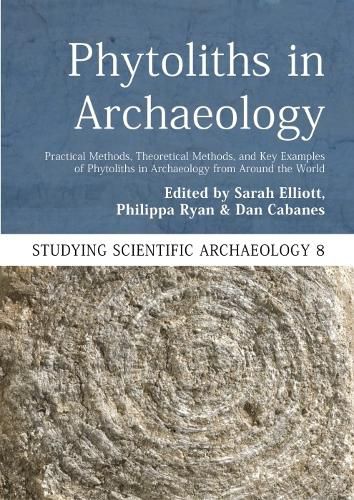Readings Newsletter
Become a Readings Member to make your shopping experience even easier.
Sign in or sign up for free!
You’re not far away from qualifying for FREE standard shipping within Australia
You’ve qualified for FREE standard shipping within Australia
The cart is loading…






Phytoliths are microscopic silica bodies formed in and around plant cells. Phytoliths are extremely robust and survive in most archaeological sediments. Phytoliths survive when other botanical remains do not, and they do not require charring to survive. This book summarizes how silica phytoliths can be used by archaeologists by covering practical aspects, some general theory and key examples of where phytoliths have been used to answer a wide range of research questions from around the world. The examples in this book show how phytolith analysis can contribute to our archaeological knowledge in particular past human behavior, economies and environments. This book is aimed at practicing archaeologists and students rather than phytolith specialists or environmental archaeologists. This book showcases phytolith analysis in archaeology and outlines the potential research questions that phytoliths can answer as well as how and where to take samples.
$9.00 standard shipping within Australia
FREE standard shipping within Australia for orders over $100.00
Express & International shipping calculated at checkout
Phytoliths are microscopic silica bodies formed in and around plant cells. Phytoliths are extremely robust and survive in most archaeological sediments. Phytoliths survive when other botanical remains do not, and they do not require charring to survive. This book summarizes how silica phytoliths can be used by archaeologists by covering practical aspects, some general theory and key examples of where phytoliths have been used to answer a wide range of research questions from around the world. The examples in this book show how phytolith analysis can contribute to our archaeological knowledge in particular past human behavior, economies and environments. This book is aimed at practicing archaeologists and students rather than phytolith specialists or environmental archaeologists. This book showcases phytolith analysis in archaeology and outlines the potential research questions that phytoliths can answer as well as how and where to take samples.